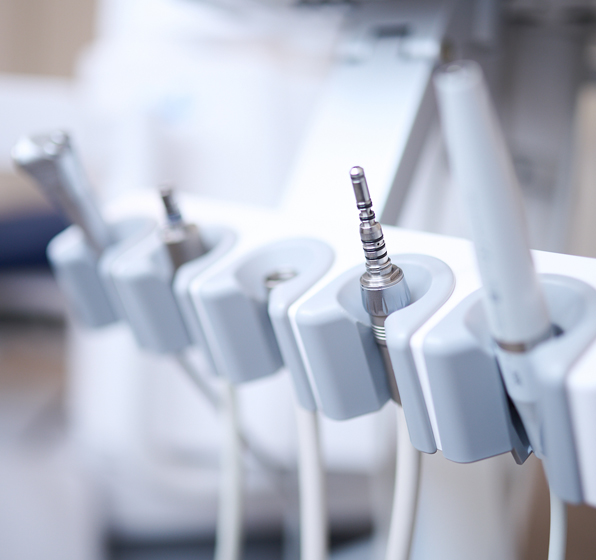
Using higher magnification and powerful lighting, it is easier to detect decay at an early stage to prevent excessive tooth damage. When cavities are small, they are much easier and less expensive to treat.


Early tooth decay does not tend to show many physical signs. Sometimes the tooth looks healthy, but your dentist will be able to see from an x-ray whether you have any decay under the enamel, any possible infections in the roots, or any bone loss around the tooth.
Tooth decay occurs when bacteria in the mouth produce acids that break down the enamel, leading to cavities. It develops gradually, starting as demineralisation of the enamel and progressing to deeper layers of the tooth if left untreated.
Dentists use a combination of:
In the initial stages, tooth decay may not have noticeable symptoms. However, possible early signs include:
Yes! Decay often begins beneath the surface, where it’s not visible. X-rays help detect hidden cavities, infections, or bone loss that may not show up during a routine visual examination.
Finding cavities early allows for simple and less invasive treatments like small fillings or fluoride applications. If left untreated, decay can progress, leading to pain, infections, and the need for more complex treatments such as root canals or extractions.
It is recommended to visit your dentist every six months for a check-up. However, if you have a higher risk of decay due to factors like diet, dry mouth, or previous dental issues, your dentist may suggest more frequent visits.
The treatment depends on the severity of the decay:
In the very early stages, decay can be slowed or reversed with fluoride treatments, good oral hygiene, and dietary changes. However, once a cavity has formed, it cannot be reversed and will need a filling or other treatment.
No, detecting decay is completely painless. X-rays and visual examinations do not cause discomfort, and early treatment can prevent future pain from untreated cavities
Yes, decay can develop in baby teeth just as it does in adult teeth. Regular check-ups ensure early detection and help protect children's teeth from cavities, preventing future dental problems.
By using advanced technology and expert techniques, we ensure that decay is detected as early as possible, helping to maintain strong, healthy teeth. If you have any concerns about tooth decay, book an appointment with us today!


Monday 08:00 am - 13:00 pm,
14:00 pm - 18:00 pm
Tuesday to Friday 08:00 am - 13:00 pm,
14:00 pm - 17:00 pm
Saturday - 08:00 am - 13:00 pm
Email: info@naidudentalcare.co.uk
Call us today: 01708 346 540 / 01708 341 587
Address: 132 Gubbins Lane, Harold Wood, Essex RM3 0DP